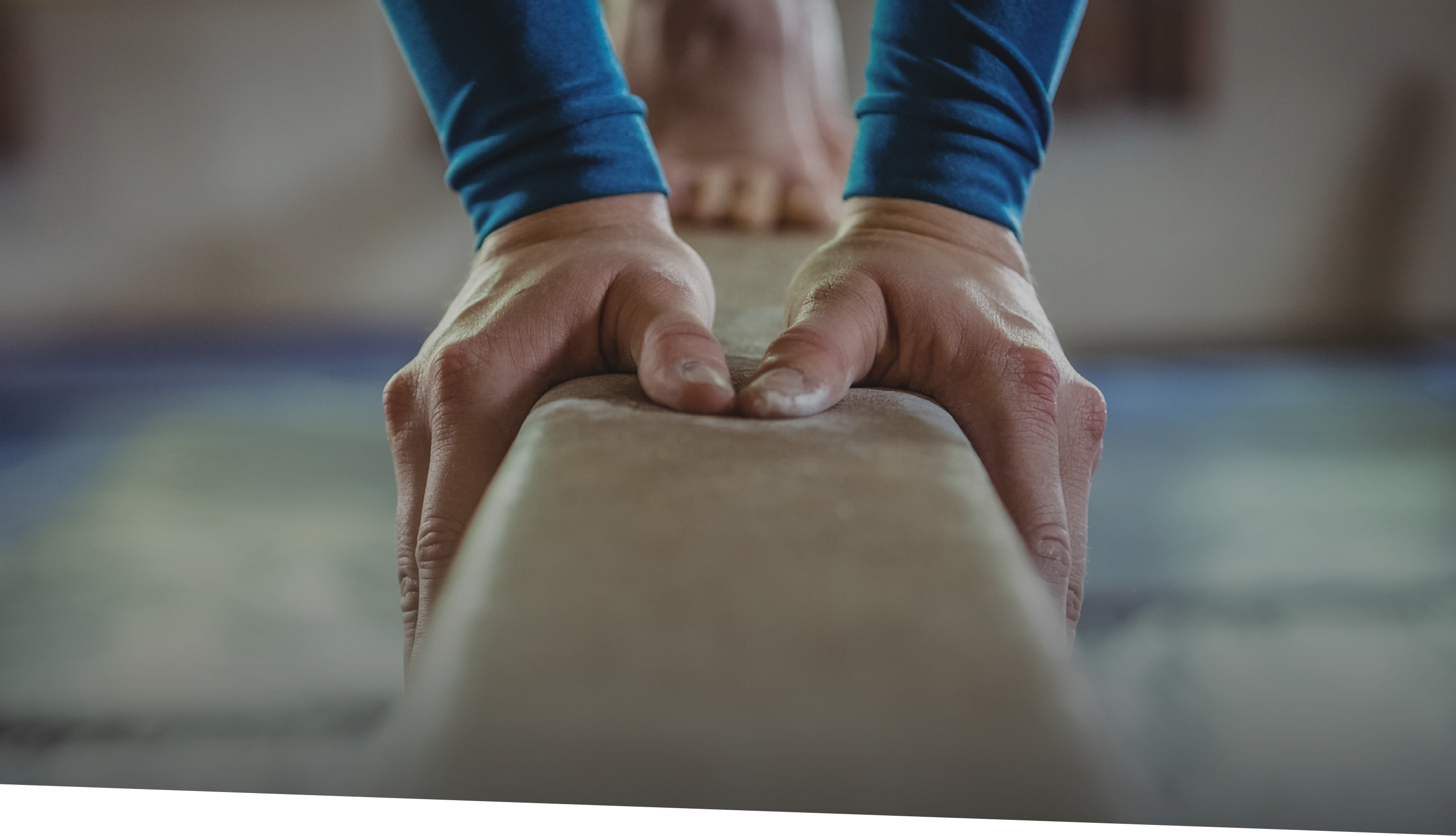The NCAA recently cleared Thierry Darlan, a former NBA G League player, to compete for Santa Clara University, marking a first in college basketball. This decision has drawn attention because it challenges longstanding assumptions about the boundary between professional and amateur status in collegiate sports. For NIL lawyers, compliance officers, and institutions, the case underscores that the NCAA’s amateurism rules are evolving but remain complex and uncertain.
Under the NCAA Division I Operating Bylaws, an individual is generally prohibited from competing on a professional team in a given sport.[1] There are notable exceptions, including participation before initial full-time collegiate enrollment, provided the student-athlete does not receive more than actual and necessary expenses.[2] Participation with professional players is also permitted if those players are not compensated by a professional team or league.[3]
The Bylaws define a professional athletics team as any organized team that either provides more than actual and necessary expenses for participation or declares itself to be professional.[4] Together, these Bylaws traditionally guide eligibility reviews, with the focus on whether athletes received pay beyond expenses, rather than the mere fact of competing alongside professionals.
In Darlan’s case, the NCAA Eligibility Center certified him to compete at Santa Clara. According to Darlan’s agent, Todd Ramasar, the review did not focus on Darlan’s compensation, given it was a fraction of the compensation top college athletes receive.[5] Ramasar noted that the NCAA “threw that out and started focusing on how many years removed from high school Darlan was.” This approach contrasts with the Bylaw’s traditional focus on payments and professional contracts. Regarding Darlan’s eligibility review, Santa Clara stated that “it was determined he was a final academic qualifier and that he had used two seasons of competition due to his delayed enrollment but continued participation in organized basketball competitions; therefore, he was deemed to have two remaining seasons of competition to use in the NCAA.”
This case illustrates the NCAA’s discretion in evaluating eligibility and demonstrates a shift away from rigid application of payment-focused rules. By looking at factors such as years removed from high school, the NCAA appears willing to prioritize developmental context over strict compensation thresholds when assessing eligibility.
This shift in leniency is highlighted by past cases in which athletes have been denied eligibility due to their professional experience. In 2010, Enes Kanter Freedom was ruled permanently ineligible at Kentucky because he received more than $30,000 in benefits while playing for a Turkish club. In 2022, Matt and Ryan Bewley were denied eligibility on the basis that they received employment benefits while playing in Overtime Elite.
These precedents illustrate the narrow interpretation of amateurism the NCAA has historically applied. Darlan’s case, however, signals that the NCAA’s definition of “amateurism” continues to loosen, while other factors, such as an athlete’s years removed from high school, may ultimately determine an athlete’s eligibility.
The Darlan ruling blurs the line between professional and amateur participation. With eligibility no longer strictly tied to compensation or contract status, institutions face increased uncertainty when evaluating prospective recruits from quasi-professional programs. For NIL lawyers and compliance officers, this gray area complicates planning for scholarship offers, roster management, and recruiting strategy. The lack of clear, codified guidance means that each case will likely be reviewed individually, creating a patchwork of decisions that could vary across schools and sports.
Thierry Darlan’s eligibility reflects a new, nuanced approach by the NCAA toward athletes with professional or quasi-professional experience. By focusing on contextual factors such as years removed from high school rather than strictly on compensation, the NCAA Eligibility Center signaled flexibility but also underscored lingering uncertainty. For student-athletes, institutions, and NIL practitioners, Darlan’s case highlights that amateurism rules remain in flux and that navigating eligibility for G League and other development-league players will require careful attention to both the letter and the evolving interpretation of NCAA bylaws.
Follow WeAreNIL to stay up to date on the latest sports news.
[1] NCAA Bylaw § 12.2.2.2, 2025-26 NCAA Division I Manual (Aug. 2025).
[2] Id. § 12.2.2.2.1.
[3] Id. § 12.2.2.2.2.
[4] Id. § 12.02.7.
[5] Darlan’s first year as a professional was spent with the G League Ignite. He then signed directly with the G League and received $40,500 to play for the Blue Coats and Remix. For reference, it is reported that AJ Dybantsa, a freshman at BYU, and JT Toppin, a junior at Texas Tech University, have NIL valuations of approximately $4.4 million and $3 million, respectively.

